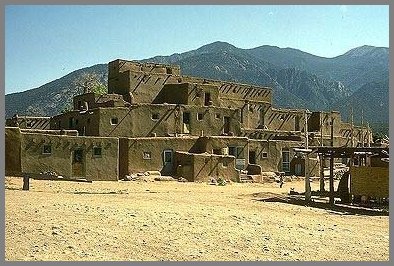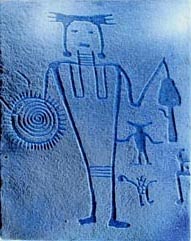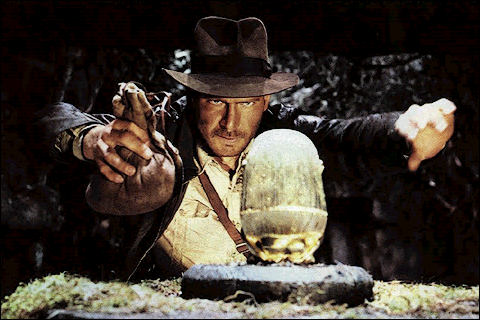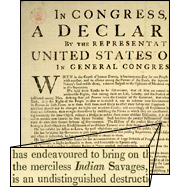An old episode of
Murder, She Wrote (airdate: December 29, 1985) features a Native theme:
Murder, She Wrote: Murder Digs DeepJessica visits Cabot Cove's Dr. Seth Hazlitt at a New Mexico archaeological dig, with the idea of getting story ideas from the experience. The site is full of colorful characters, from the gold-digging Gideon Armstrong and his young wife, Cynthia, Southwest University professor Dr. Stan Garfield, TV celebrity Dr. Aubrey Benton, and the conflicted Raymond Two Crows, who both helps and hinders the dig. They're excavating in an Anasazi village, and perhaps Coronado's legendary city of gold. On a night after gold is found in the dig, Cynthia shoots at the "vengeful spirit" who shows up every night to drive out the grave diggers. The "spirit" falls back from the ledge, where the camp finds Raymond, dead on the ground. He wasn't shot, but it's not clear if his fall was really fatal, or if he died by other means. Jessica digs in, with the help of Dr. Seth, uncovering the truth behind the personalities, and the dig site itself.This episode has some good bits but more bad bits.
On the plus side, they're supposedly excavating at Gran Quivira, which is a real place:
Gran QuiviraThe Gran Quivira unit of Salinas Pueblo Missions National Monument is the biggest of the three units at 611 acres. Prior to Spanish contact, Gran Quivira was a vast city with multiple pueblos, and kivas.Gran Quivira isn't a site of the "Anasazi," now called Ancestral Puebloans. But it is a site of the Anasazi's descendants, so we're talking about similar cultures.
It's almost due south of Santa Fe, not due east. But at least it's in the same general area--i.e., north-central New Mexico.
It's not on Navajo land, but Navajo land isn't that far away. Navajos may have lived there before they were herded onto reservations. A Navajo might be concerned about white men digging on former Navajo territory.
So the details are wrong, but not terribly wrong. Since most TV shows put imaginary tribes in places where they never existed, this is better than average. So far.
On the other hand
Then there's the minus side. The archaeologists claim they're seeking "Coronado's legendary city of gold," which is ridiculous. That city never existed and nobody believes it did.
If it did exist, it wouldn't be in a known Pueblo village. We have historical accounts of Spaniards visiting Gran Quivira. They didn't find gold there or in any other Pueblo village.
I don't think archaeologists have found more than a couple of gold artifacts, if any, north of Mexico. To find two in one day is even more ridiculous. And the artifacts are perfectly preserved, not encrusted with dirt and pitted with corrosion. That's beyond ridiculous.
Then there's Raymond Two Crows. As another fansite notes about the archaeological party:
S02E11–Murder Digs DeepLater that night when they are all sitting around eating dinner they are rudely interrupted by a Native American standing on the hill above them, dancing and chanting. Karen informs JB that he appears at the same time every night, trying to scare them away from the dig, but by the time the guards get up to him he is gone. Forget Indiana Jones, this episode is a Great Dane away from becoming an episode of Scooby Doo.%202.11.jpg)
The onlookers are pretty sure it's Two Crows, but how is this even an issue? Either someone sees him leave, or everyone but him is present. Either way, there's no mystery.
And the idea that his act would scare people...ridiculous. The onlookers think it's ridiculous too...but even in that context, it's ridiculous. You do an act, people laugh at you...so you continue doing it? Not unless you're in a Scooby Doo cartoon.
As it turns out, this "Navajo" isn't what he seems. That explains his in-story mistakes, but not why the others tolerate his "evil spirit" routine. Either put a guard on Two Crows or stake out the ledge and his act ends immediately.
All in all,
Murder Digs Deep is a typical Native-themed TV episode. It's a sincere attempt to present a Native story with a mixed bag of results. It could be better, could be worse.
You can read the rest of the plot in these reviews, including this one:
Season 2: Murder Digs Deep
And visit IMDB for the credits:
Murder Digs Deep





%202.11.jpg)
















